Being an active citizen whether through community service or advocacy has always been a part of me. In fact, I’d say it’s in my DNA. Both my Grandfathers served in the military. Following his time in the Army, my maternal Grandfather was on the City Council; Board of Education — where he helped desegregate schools because “it just made sense;” and served as Mayor, in the Town of Suffolk, Va. I was proud to acknowledge and honor that service when he passed away in January. His daughter, my Mother, was on the Town Planning board in Kill Devil Hills. And my Father was on the Dare County Board of Education for 8 years. These are public interest matters, which require sensitivity, communication, and strategic planning. So, it made perfect sense for me to be drawn to this, as well, and directly appeal to my background in obtaining my Master’s Degree in Technical and Professional Communications.
In 2014, I joined an organization called RESULTS, which is committed to fighting poverty issues in the United States and around the world, specifically with regard to health, education, and economic opportunity. We meet with Congressional offices to talk about issues that affect people’s daily lives. That can mean calling, writing emails, writing letters, or having in person meetings. Since joining, I’ve participated in or led 30 advocacy meetings with Congressional offices and even met face to face with Members of Congress, across the aisles.
My intention in communications, both professionally and as an activist, has never been to be divisive. My mission will always be to bring people together.
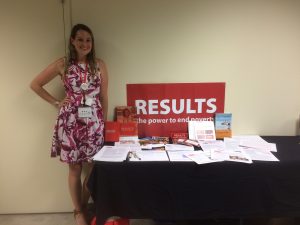
Tabling & Talking Advocacy at an Event
People often associate technical communication with user guides and help systems, but it’s not only restricted to that arena. It must always have that understanding of appealing to anyone who will read it, in order to garner support, and I’d like to break down Technical Communication of human issues into three areas: technical communication and policy, global education, and nutrition and health care.
Technical Communication & Policy
Besides meetings, advocacy also means meeting with or writing to the media. For example, I pitched a story to the Editor of the News & Observer and wrote an op-ed in March 2017, Seeing the Fruits of U.S. Aid, Fearing the Toll of Cuts. It’s now being circulated across the country! Then in the second week of May 2017, I had a Letter to the Editor, Now It’s up to the Senate to protect Health Care Coverage, also published in the News & Observer, regarding United States healthcare. Writing in a newspaper is not your typical perception of technical communication, but I was breaking down complex information in those editorials to everyday people who would pick up a newspaper in the morning with their breakfast or peruse the news online.
A few months ago, I was sharing my excitement about my community work with a mentor and former professor. He challenged me: “Lindsay, how does this mean applying your English background?” Well, I’d say explaining complex information to a Congressman or giving speeches, like I do, is a pretty good application. Sometimes advocacy means the need to speak powerfully, briefly, and with effective messaging. Learning to speak powerfully about a complex issue that can affect lives is quite possibly the most powerful tool someone can wield.
I’ve been impressed that RESULTS uses a method called the EPIC — Engage, State the Problem, Inform the Solution, and Call to Action — laser talk. RESULTS has designated Creating and Delivering Your Own EPIC Laser Talk as Empower Yourself: Activist Milestone #2. This is a method I also explored in my Public Interest writing class in grad school, but those were longform policy analysis papers. Mine specifically looked at how the City of Raleigh was growing too fast for the water resources to keep up. I’d like to illustrate two talks we are using with RESULTS to promote awareness of global and U.S. poverty issues, right now.
Global Education
Right now, we are asking Congress to Support a Bold Pledge to the Global Partnership for Education, which was established in 2002 as a multi-stakeholder partnership and funding platform that aims to strengthen education systems in developing countries in order to dramatically increase the number of children who are in school and learning.
Here is how we’d deliver that to our Congressional offices or community members, using the Global Laser Talk May 2017:
- Engage the Audience: I recently read the case for investment for the Global Partnership for Education (GPE). It made me realize how fortunate we are to have access to quality education from preschool through college.
- State the Problem: I’ve learned that 263 million children and youth around the globe who should be in school are not. I imagine what they all could achieve for themselves, their nations, and the world if they all had the opportunity to become educated as we do.
- Inform on a Solution: The Global Partnership for Education (GPE) is working to give more children the education they deserve. From 2018 to 2020 GPE plans to get 25 million additional children through school, and enhance the school experience for millions of others. But this must be a global effort.
- Call to Action: Since 2011, the U.S. has made increasing annual investments in GPE. Will the senator/representative call on the Trump Administration to make a bold pledge to continue this trend at the upcoming GPE pledging conference?
Nutrition & Health Care for All Americans
On the other hand, it is our focus with the U.S. Poverty Laser Talk to Protect SNAP from Cuts and Structural Changes and target nutrition as a component of health policy.
- Engage the Audience: Nearly 1 in 5 children in the U.S. live in households that are struggling against hunger. Studies show that children who are regularly hungry struggle in school, suffer from slowed and abnormal growth, and can develop anemia.
- State the Problem: Yet leaders in the new Congress want to drastically change the structure of food assistance which could lead to millions falling deeper into poverty.
- Illustrate or Inform on a Solution: SNAP (formerly Food Stamps) is the first line of defense against hunger in America. The U.S. Census reports that SNAP lifted 4.6 million people above the poverty line in 2015. As we saw during the Great Recession, SNAP is an effective response to hunger in times of economic crisis or natural disasters. But, Congress wants to undo SNAP’s success by converting it to a block grant, which will eliminate its flexibility in times of need, increase costs to states, and force people deeper into poverty. [If you have a personal story, definitely share it!]
- Call to Action: Will you tell congressional leaders to safeguard SNAP from cuts or structural changes that undermine its effectiveness and increase hunger in America?
Advocacy Merging Laser Talks & Technical Communication
So, Dear Professor, I’d say being an activist and seeking professional work to allow me to merge these advocacy skills, laser talks, and interest in complex information is the perfect avenue. Don’t you think? Technical communication in meeting, speaking, and writing. I taught you about global education and policies tied to it, along with who to talk to to make it a reality! I also taught you about government safety nets in the form of nutrition programs in the United States, along with some of the history tied to it. Better yet, with my examples, you can also see an outline for how to create your own laser talk and break down an issue that is important to you.
What’s my goal now? To find an organization that will allow me to contribute my communication and outreach skills, passion, and ability to connect with people so I can really make a difference through my professional work. Let’s do this.
#TransformationTuesday


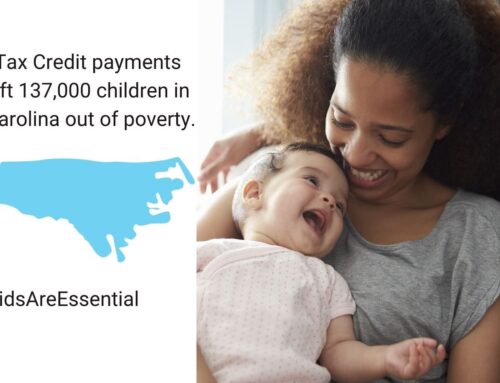
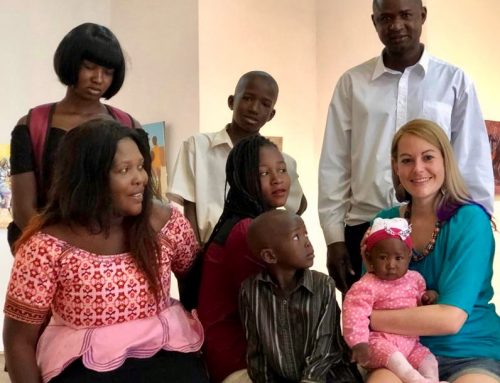
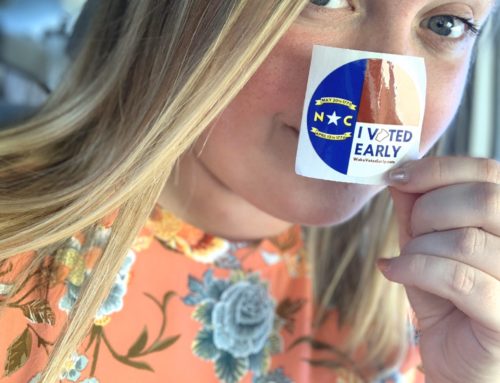
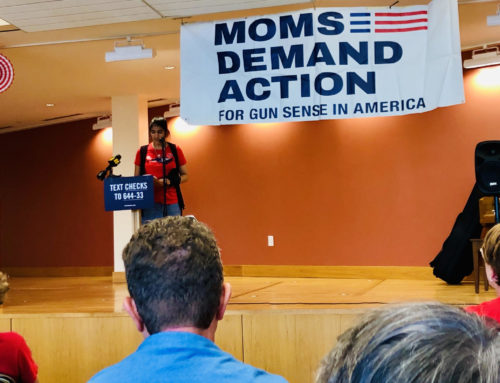
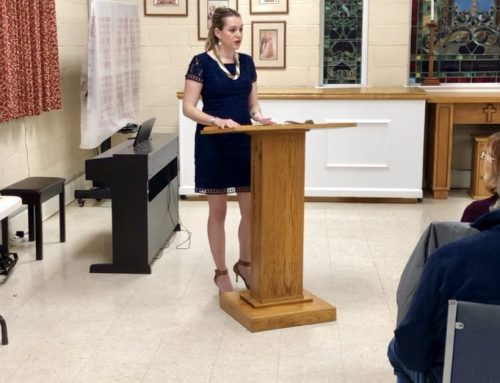
Leave A Comment
You must be logged in to post a comment.